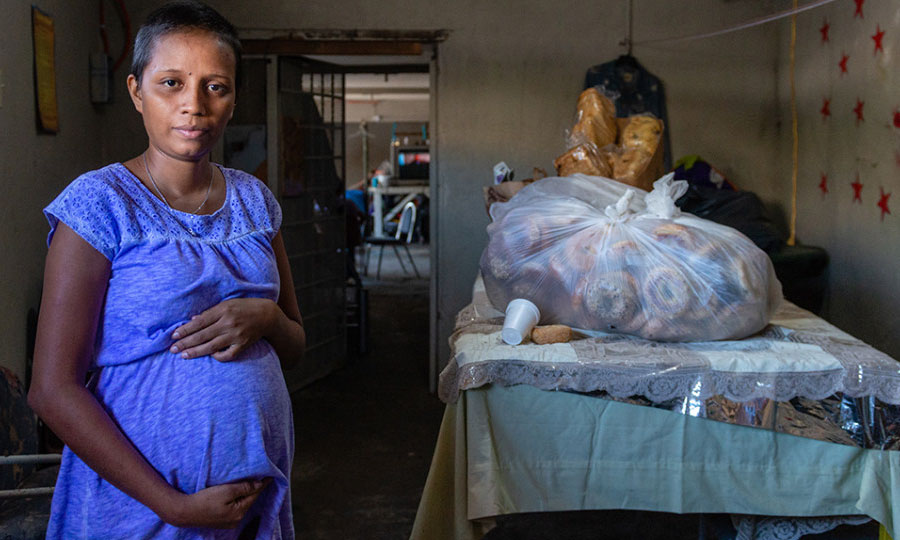
TIJUANA – A growing number of expectant mothers are among the migrants pouring in daily from Honduras, Guatemala, El Salvador — even Haiti — to more than 30 already overflowing shelters in Tijuana, Mexico.
“More women are arriving pregnant or with babies,” said pastor Gustavo Banda of the Embajadores de Jesús (Ambassadors of Jesus) church, which operates a shelter in Cañón del Alacrán (Scorpion’s Canyon) on the outskirts of Tijuana. “We have a lot of Haitian women and some Central American.”
Some women also get pregnant while they wait.
These pregnant women are stuck here because the Trump administration’s “Remain in Mexico” program requires some U.S.-bound asylum applicants to register at ports of entry and then return to Mexican border cities to wait as their claims are processed.
It’s a period of great anxiety, if only because many want their children born in the United States. The Constitution guarantees that every child born on American soil automatically becomes a U.S. citizen.
President Donald Trump has repeatedly condemned so-called anchor babies, arguing that many migrants use these children to establish a foothold to help them gain legal status.
Last fall, he threatened to issue an executive order that would nullify birthright citizenship. He hasn’t followed through, and constitutional scholars of the 14th Amendment say an executive order cannot override birthright citizenship.
Mexico offers birthright citizenship, but it’s not exactly the same as the American version.
U.S. Customs and Border Protection keeps no record of how many pregnant women have applied for asylum, but Mexican shelters report the number is rising.
As the days, weeks and months pass while these women wait, obtaining prenatal care is difficult. They rely primarily on volunteer medical workers for their checkups, sonograms, ultrasounds and prenatal vitamins. Inconsistent prenatal care leaves them vulnerable to miscarriage and other complications.
Some shelters schedule visits from doctors and nurses, while others coordinate care with local clinics.
But the biggest health challenge these women face is finding a place to deliver their babies in Mexico if they’re still waiting for their asylum cases to be heard.
To give birth in a Mexican hospital, they must sign up for the Seguro Popularhealth insurance program — similar to Medicaid in the U.S. But to qualify for an in-hospital birth, they must have obtained an ultrasound, which has been a difficult requirement for most of these women to meet, said Phil Cañete, clinic coordinator for the nonprofit Refugee Health Alliance.
“Issues like language, transportation and knowledge of local resources create barriers for adequate prenatal care or proper delivery,” Cañete said.
California Healthline’s Heidi de Marco met with two pregnant migrant women who are waiting in limbo in Tijuana shelters.
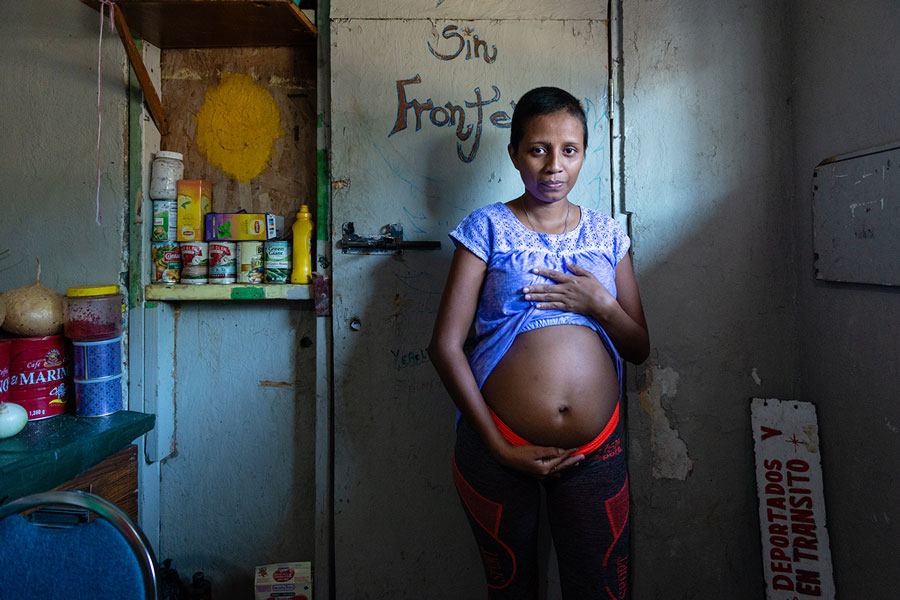
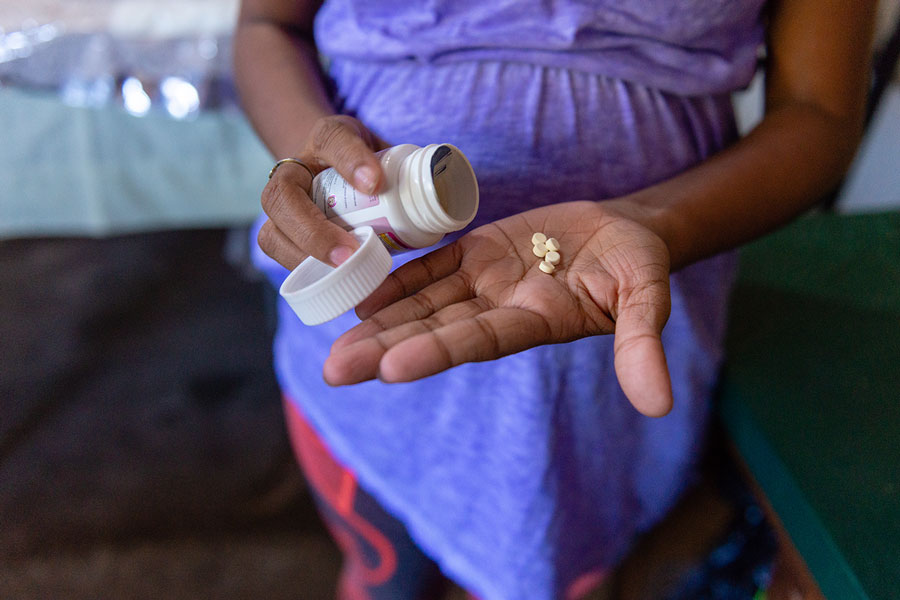
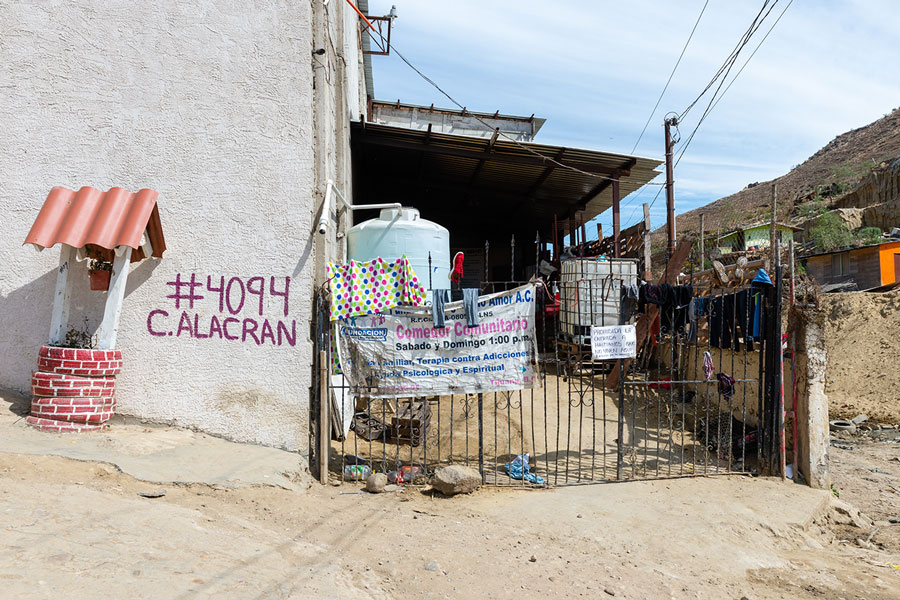
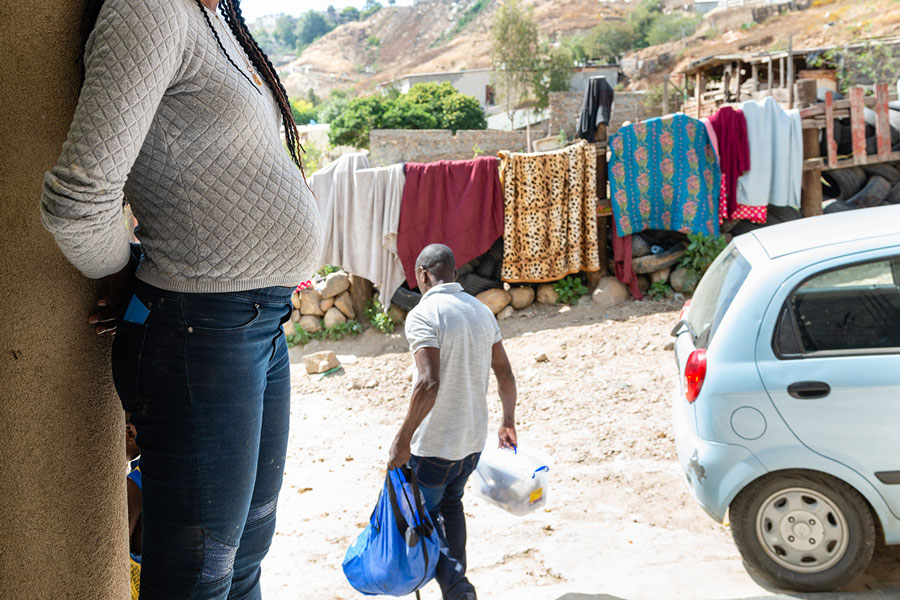
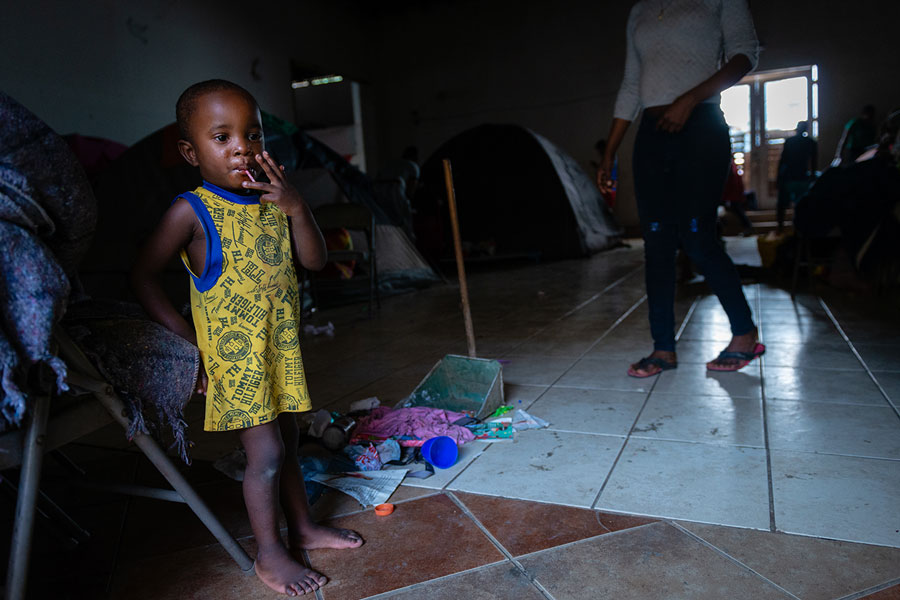
This KHN story first published on California Healthline, a service of the California Health Care Foundation.



Comments are closed.